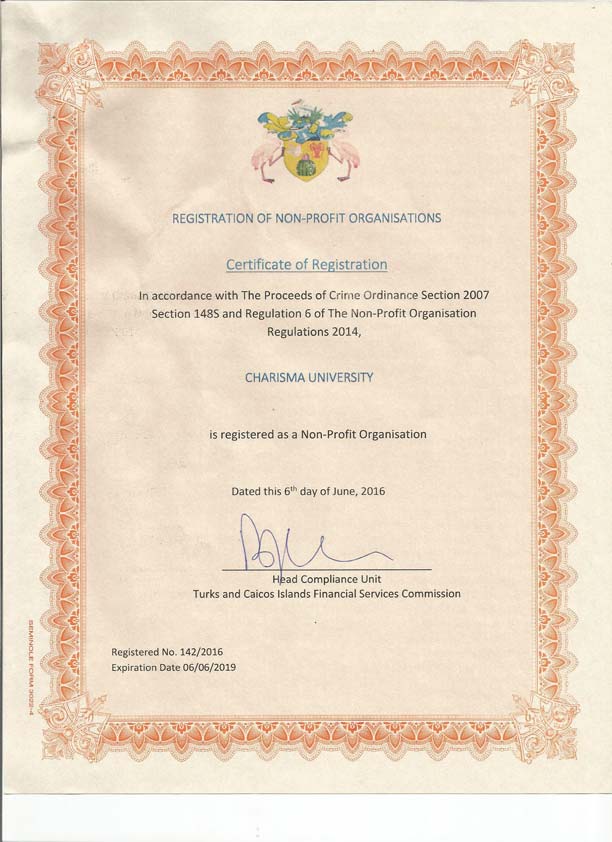
A certain percentage of your income should be saved before taxes when planning for retirement. This range could be anywhere from 5% to 15% depending on your income. But it's not necessary to save all of your income. Start with a small amount that you can manage and increase your savings rate each year by 1%. You won't lose the extra money you earn by doing this.
4%
The popular 4% rule can be used to calculate how much you should save for retirement. However, it has its limitations. It assumes that your expenditures will increase annually by 4.4%. This may not hold in the real world. It also assumes that your income will rise by the same rate as inflation.
15%
Many believe that a certain amount of income should be used to fund retirement. The exact number depends on many factors. A person should usually save between 15-20% of their income. The sooner a person begins saving, the better.

Seven times
To save for retirement, it is important to consider your future requirements. By age 55, you should have saved seven times your annual income. The earlier you begin saving for retirement, the better your savings will compound. Fidelity recommends that you start saving as soon as possible. By age 30, you should have saved one-third your annual income, then two-thirds by 35, three-thirds for age 35, and four-thirds for age 45. Seven-times your salary is required by 55. These amounts should go into retirement savings accounts.
Eight times
Most financial experts recommend that you put at least eight times your annual income into your retirement account. While this is a high goal, it will ensure you enjoy a long and happy retirement. Fidelity Investments Retirement Calculator can help you estimate how much you need to save.
Ten times
Ideally, you should have at least ten times your income saved up for retirement. This will help you have financial security and freedom in retirement. It can be hard to calculate the cost of retirement as it varies based on your health, lifestyle, age, and length. However, it is possible to be in great shape if you invest early and start investing wisely.
Fifty percent
You know that at most 50% of your income should go towards retirement. But, how much should it be? This rule assumes that you started saving early in your career and that your retirement income will be between 55% and 80% of your pre-retirement income. Although following this rule will help to achieve your retirement goals, it does not guarantee them.

Twenty percent
How much of your income you put aside for retirement is dependent on your decisions before and after retirement. It is also important to consider what income you get from other sources. You should save early for retirement. This will give you more time to grow your money and invest it. Start saving early to increase your chance of recovering after a downturn.
Thirty-five percent
It is impossible to predict the amount you will need for retirement. A good rule of thumb is 30 percent of your gross income. The amount you need to save can change depending on your age and financial situation. To determine how much to save, you can use historical data. If you are a young person, it is possible to take advantage of company match-ups that will help you save more. Save early to take advantage of matched contribution. To save money on college, you can also set up a college fund.
Twenty-five percent
The rule is that 25% of your income should be used to fund retirement. The sooner you achieve this goal, the better. It will give you more flexibility in your retirement years, and you may be able to retire early if you're saving enough.
FAQ
What is risk management and investment management?
Risk management refers to the process of managing risk by evaluating possible losses and taking the appropriate steps to reduce those losses. It involves monitoring, analyzing, and controlling the risks.
Risk management is an integral part of any investment strategy. The goal of risk management is to minimize the chance of loss and maximize investment return.
These are the main elements of risk-management
-
Identifying risk sources
-
Monitoring and measuring the risk
-
How to control the risk
-
Manage your risk
How to Begin Your Search for A Wealth Management Service
The following criteria should be considered when looking for a wealth manager service.
-
Proven track record
-
Is it based locally
-
Offers complimentary consultations
-
Continued support
-
Is there a clear fee structure
-
A good reputation
-
It is simple to contact
-
Support available 24/7
-
Offers a wide range of products
-
Low fees
-
Does not charge hidden fees
-
Doesn't require large upfront deposits
-
Have a plan for your finances
-
A transparent approach to managing your finances
-
Makes it easy for you to ask questions
-
Does your current situation require a solid understanding
-
Understand your goals & objectives
-
Is open to regular collaboration
-
Works within your budget
-
Has a good understanding of the local market
-
Would you be willing to offer advice on how to modify your portfolio
-
Is ready to help you set realistic goals
What are my options for retirement planning?
No. You don't need to pay for any of this. We offer free consultations, so that we can show what is possible and then you can decide whether you would like to pursue our services.
Statistics
- According to Indeed, the average salary for a wealth manager in the United States in 2022 was $79,395.6 (investopedia.com)
- As of 2020, it is estimated that the wealth management industry had an AUM of upwards of $112 trillion globally. (investopedia.com)
- US resident who opens a new IBKR Pro individual or joint account receives a 0.25% rate reduction on margin loans. (nerdwallet.com)
- Newer, fully-automated Roboadvisor platforms intended as wealth management tools for ordinary individuals often charge far less than 1% per year of AUM and come with low minimum account balances to get started. (investopedia.com)
External Links
How To
How To Invest Your Savings To Make Money
You can generate capital returns by investing your savings in different investments, such as stocks, mutual funds and bonds, real estate, commodities and gold, or other assets. This is known as investing. It is important that you understand that investing doesn't guarantee a profit. However, it can increase your chances of earning profits. There are various ways to invest your savings. Some of them include buying stocks, Mutual Funds, Gold, Commodities, Real Estate, Bonds, Stocks, and ETFs (Exchange Traded Funds). These methods will be discussed below.
Stock Market
Stock market investing is one of the most popular options for saving money. It allows you to purchase shares in companies that sell products and services similar to those you might otherwise buy. Also, buying stocks can provide diversification that helps to protect against financial losses. You can, for instance, sell shares in an oil company to buy shares in one that makes other products.
Mutual Fund
A mutual fund is a pool of money invested by many individuals or institutions in securities. They are professional managed pools of equity or debt securities, or hybrid securities. Its board of directors usually determines the investment objectives of a mutual fund.
Gold
The long-term value of gold has been demonstrated to be stable and it is often considered an economic safety net during times of uncertainty. Some countries use it as their currency. Due to the increased demand from investors for protection against inflation, gold prices rose significantly over the past few years. The supply-demand fundamentals affect the price of gold.
Real Estate
Real estate can be defined as land or buildings. Real estate is land and buildings that you own. You may rent out part of your house for additional income. You can use your home as collateral for loan applications. The home may be used as collateral to get loans. Before purchasing any type or property, however, you should consider the following: size, condition, age, and location.
Commodity
Commodities are raw materials, such as metals, grain, and agricultural goods. Commodity-related investments will increase in value as these commodities rise in price. Investors who wish to take advantage of this trend must learn to analyze graphs and charts, identify trends and determine the best entry point to their portfolios.
Bonds
BONDS ARE LOANS between governments and corporations. A bond can be described as a loan where one or both of the parties agrees to repay the principal at a particular date in return for interest payments. If interest rates are lower, bond prices will rise. An investor purchases a bond to earn income while the borrower pays back the principal.
Stocks
STOCKS INVOLVE SHARES of ownership within a corporation. Shares are a fraction of ownership in a company. You are a shareholder if you own 100 shares in XYZ Corp. and have the right to vote on any matters affecting the company. When the company is profitable, you will also be entitled to dividends. Dividends, which are cash distributions to shareholders, are cash dividends.
ETFs
An Exchange Traded Fund, also known as an ETF, is a security that tracks a specific index of stocks and bonds, currencies or commodities. ETFs can trade on public exchanges just like stock, unlike traditional mutual funds. The iShares Core S&P 500 (NYSEARCA - SPY) ETF is designed to track performance of Standard & Poor’s 500 Index. Your portfolio will automatically reflect the performance S&P 500 if SPY shares are purchased.
Venture Capital
Ventures capital is private funding venture capitalists provide to help entrepreneurs start new businesses. Venture capitalists finance startups with low to no revenue and high risks of failure. Venture capitalists usually invest in early-stage companies such as those just beginning to get off the ground.